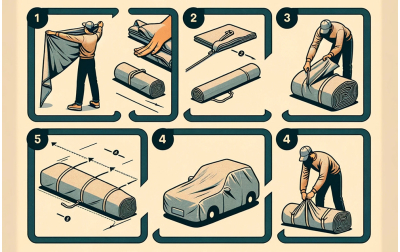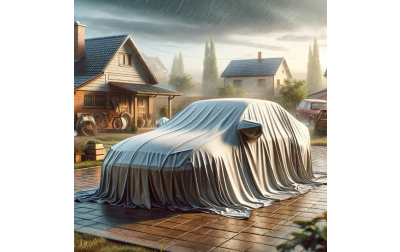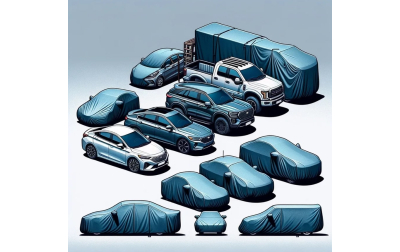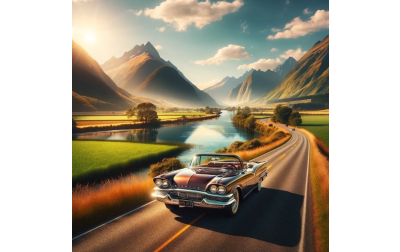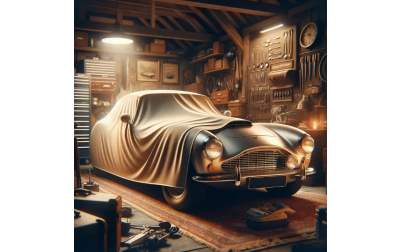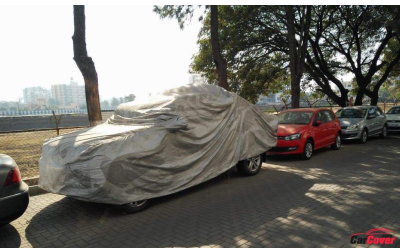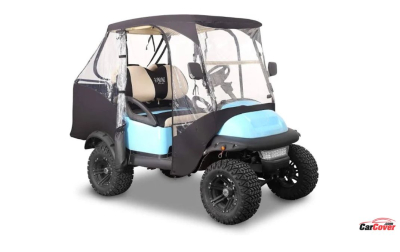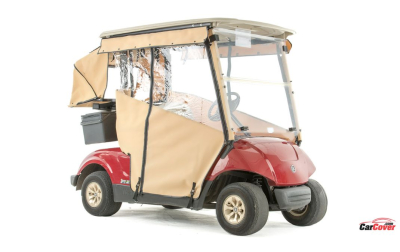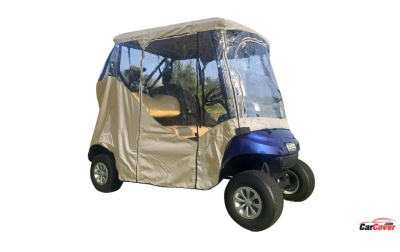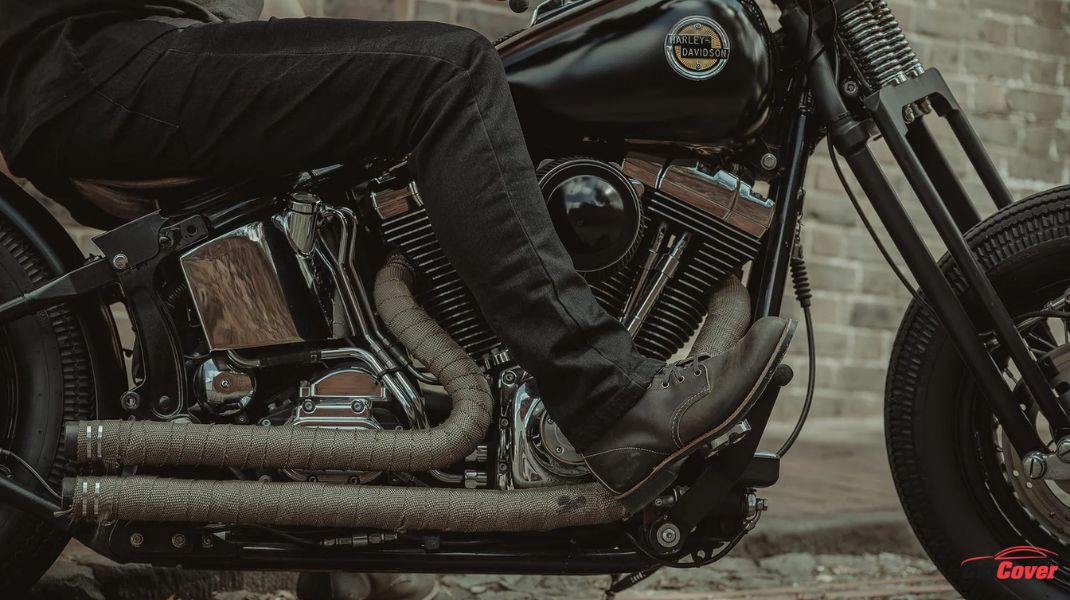
The History of Motorcycles
Two-wheeled motorbikes (motorbikes, motorbikes) have been and are a popular means of transport in many countries. Along with demand, motorcycle manufacturing companies in many countries have constantly competed to create and improve designs and technical characteristics to affirm their brands. It can be said that a motorbike is not only a means of transportation but also a work of art. People own motorbikes not only to travel but also to express their hobbies.
However, few people know the history of a motorbike. Therefore, in today's article, please join us in discovering the history of the development of a motorbike!
What is a motorbike?
A motorbike, also known as a motorbike or moped, is a type of two-wheeled vehicle equipped with an engine. They are widely used worldwide and are especially popular in Asian countries such as Vietnam, Thailand, India and Indonesia.
Motorbikes are a convenient, flexible and lower-cost means of transportation than cars. They are often used for commuting in the city, commuting to work, carrying small goods, and many other purposes.
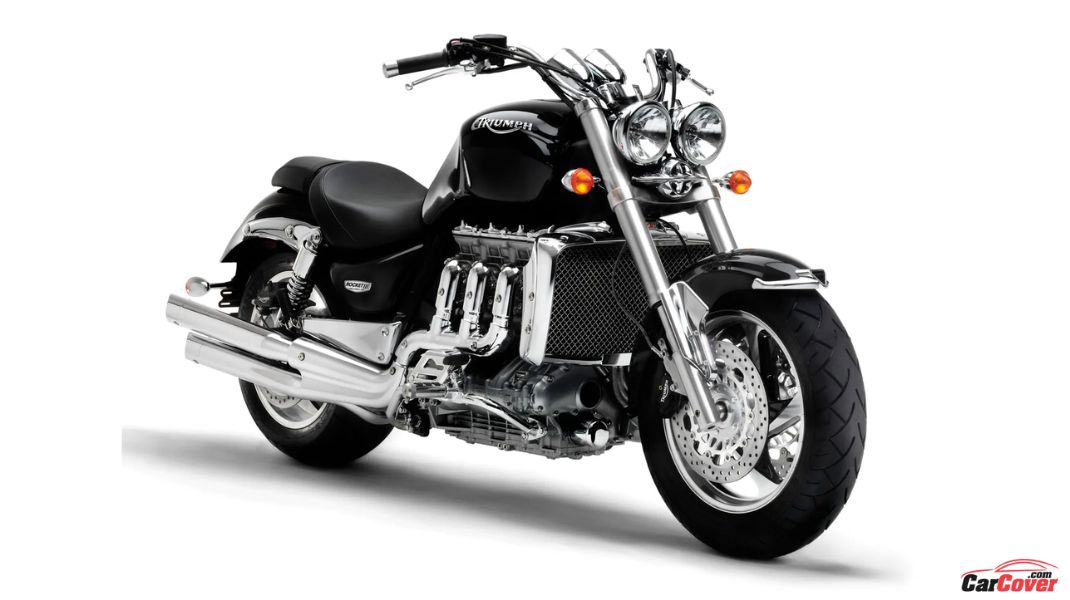

The History of Motorcycle
Since cycling appeared, scientists have been looking for ways to move with less effort and more beautiful designs. With that goal in mind, for more than 150 years, many inventors have tried to create many versions of the motorcycle. Here are some of the most important events:
- 1867 – The first steam-powered motorcycle was produced in 1867, at the factory of famous bicycle inventor Pierre Michaux. His son Ernest also invented the pedal bicycle with a small steam engine.
- 1868 – in the United States, Sylvester H. Roper presented the steam cylinder car with a coal burner.
- 1871 – French engineer Louis-Guillaume Perreaux developed a steam engine with an alcohol burner.
- 1881 – American inventor Lucius Copeland installed a small boiler engine on the rear wheel of a “farthing-penny” bicycle. This configuration allows him to reach speeds of 12mhp.
- 1885 – German inventors Gottlieb Daimler and Wilhelm Maybach produced the first motorcycle with a diesel engine in 1885. This device, named the "Daimler Reitwagen" is today considered the first motorcycle. It was the forerunner of all other types of transportation equipment using gasoline internal combustion engines.
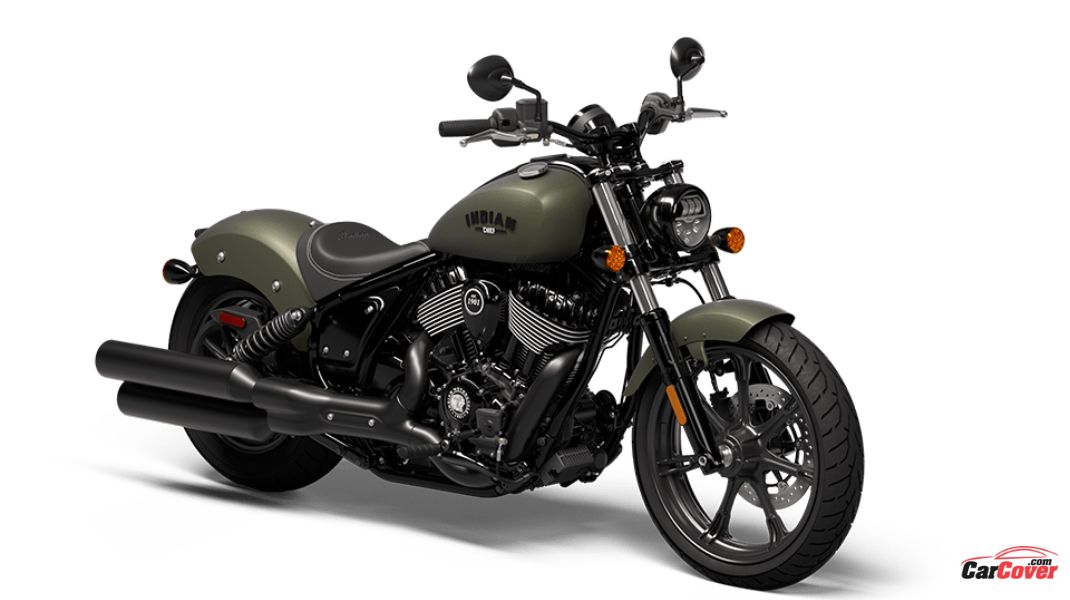

- 1894 – “Hildebrand & Wolfmüller” is the world's first mass-produced motorcycle. Sadly, only a few hundred were produced. After that year, many motorcycle manufacturers began rebuilding their designs around the world.
- 1895 – The first motorbikes came to America via a French circus group. That same year, American inventor EJ Pennington demonstrated the first version of a motorcycle with a top speed of 58mph.
- 1900 – Werner Brothers filed the first motorcycle patent.
- 1901-1903 – Several large factories begin producing motorcycles, most notably Royal Enfield, Triumph, American Harley-Davidson. During that time the first motorcycle race was held.
- 1928 – German company DKW manages to become the world's largest motorcycle manufacturer, surpassing Harley-Davidson.
- 1930s – Before the start of the Second World War, there were over 30 motorcycle models in Britain.
- 1950s – After the end of World War II, American veterans began to gather into motorcycle clubs. They became very famous after their role in Marlon Brando's 1954 film “The Wild One.”
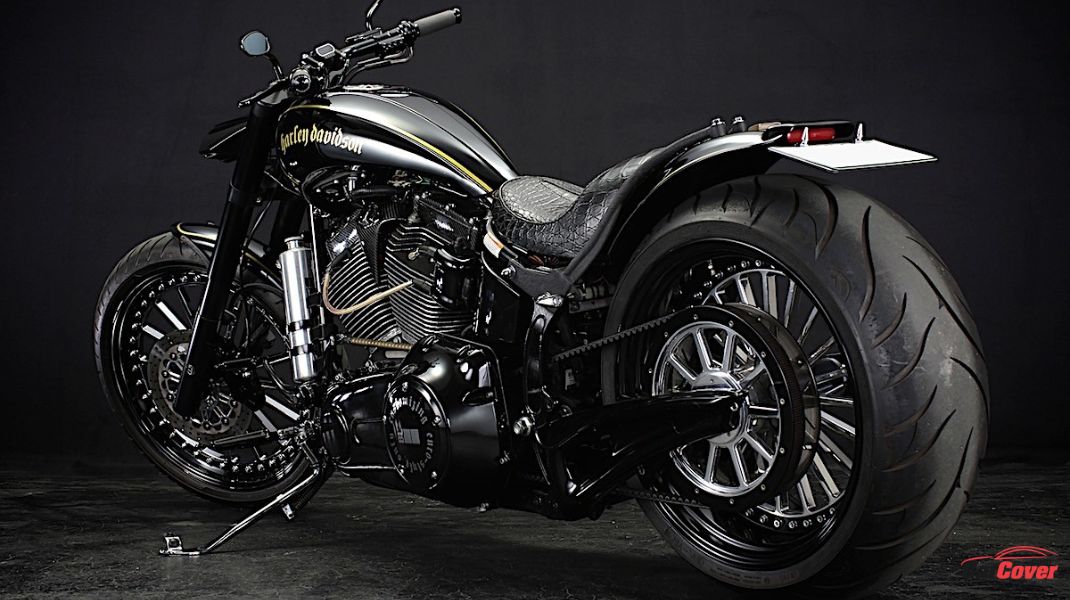

- 1959 – Japanese company Honda becomes the world's largest motorcycle manufacturer, surpassing Germany's NSU.
- 1960s – British motorcycle dominance disappeared during the 1960s with the arrival of several major Japanese manufacturers – Suzuki, Kawasaki and Yamaha.
- 1990 – Japan's supremacy lasted until 1990 when several American and Italian companies began to expand their markets.
Nowadays – besides Japanese companies a number of other manufacturers hold sizable chunks of the market. Most notable are BMW, Ducati, Victory and Harley-Davidson.
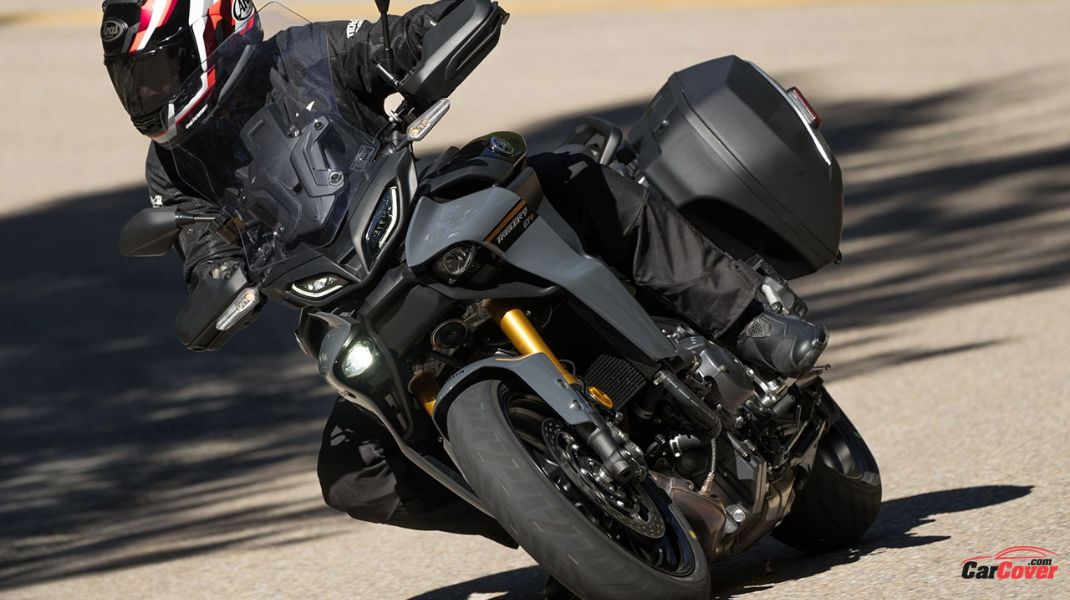

What is the future of motorbikes like?
With the trend of sustainable development, motorbike manufacturers are focusing on developing gasoline-powered motorbikes and electric motorbikes with beautiful designs. Looking back at the history of motorbike development, it can be seen that motorbikes have gone through many stages of development and improvement to meet the increasingly diverse needs of users.
The future development trend of motorbikes promises to continue to focus on sustainable solutions and smart technology. From there, it is possible to create motorbikes that both save energy and ensure safety and convenience for users.
Conclusion
Thus, the above article has provided you with detailed information to know who invented the motorbike as well as the development history of this type of vehicle. Currently, electric motorbikes are a trend with the ability to save fuel effectively as well as ensure convenience for users.
Related post The Fastest Motorcycle In The World



